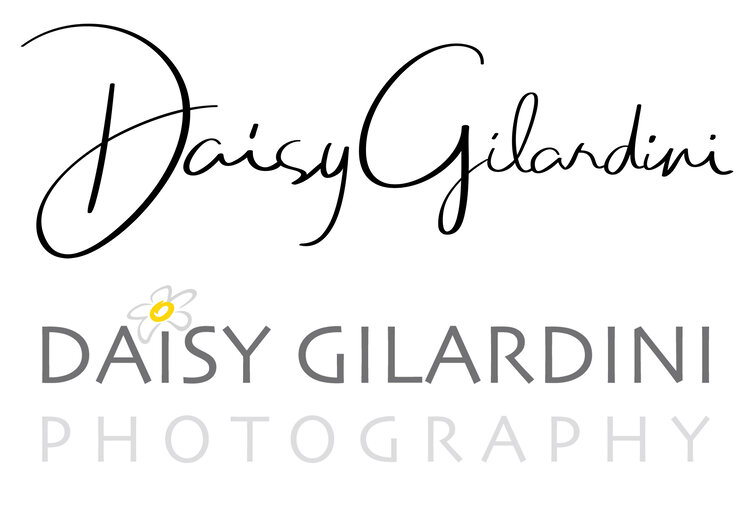THE IMPORTANCE OF A CALIBRATED MONITOR
Colour is a science. Colour management can seem confusing, complicated and complex, to the point where it discourages many photographers from learning more.
In reality, knowing about colour and how to manage it is actually quite simple. It’s the first step you need to take in order to properly edit your images.
According to the strict dictionary definition, colour is “the property possessed by an object of producing different sensations on the eye as a result of the way it reflects or emits light;” or, “One or any mixture of the constituents into which light can be separated in a spectrum or rainbow.”
The Oxford Dictionary also defines colour as, “the use of all colours in photography or television.”
Our colour perception varies, depending on the light. It is subjective and personal, and so are the devices we use to look at our images, whether they be different brands of monitors and printers or smart phones, tablets, MP3 players and other screens.
Human recognition of colour involves any number of mental connections and thinking process, including processes such as perception, memory, thought, attention and interpretation. Our ability to perceive colour is one of the most intuitive, and personal, senses in the human body.
This is why we need to be aware of technology as a tool to help our mental editing process be as precise, accurate and — most importantly — consistent, when it comes to colour perception.
The scientific instrument that calibrates the way your monitor measures colour is called a spectrophotometer. Spectro refers to the range of available colours; photo refers to light; and meter refers to the process of measurement. In more basic, simpler terms, a spectrophotometer measures the colour in light.
The spectrophotometer measures the light emitted by your screen and then, through a software program, designs a corrective profile that matches the standard colour spaces.
EIZO ColorEdge monitors feature the most advanced screens dedicated to professional photography on the market today. They are equipped with a built-in, self-calibration sensor that makes the photographer’s task simpler. Colour calibration never been easier or more accurate than it is today, with these monitors.
What you see on the monitor is what you will see printed and — most importantly — what everyone else will see on a similarly calibrated screen.

